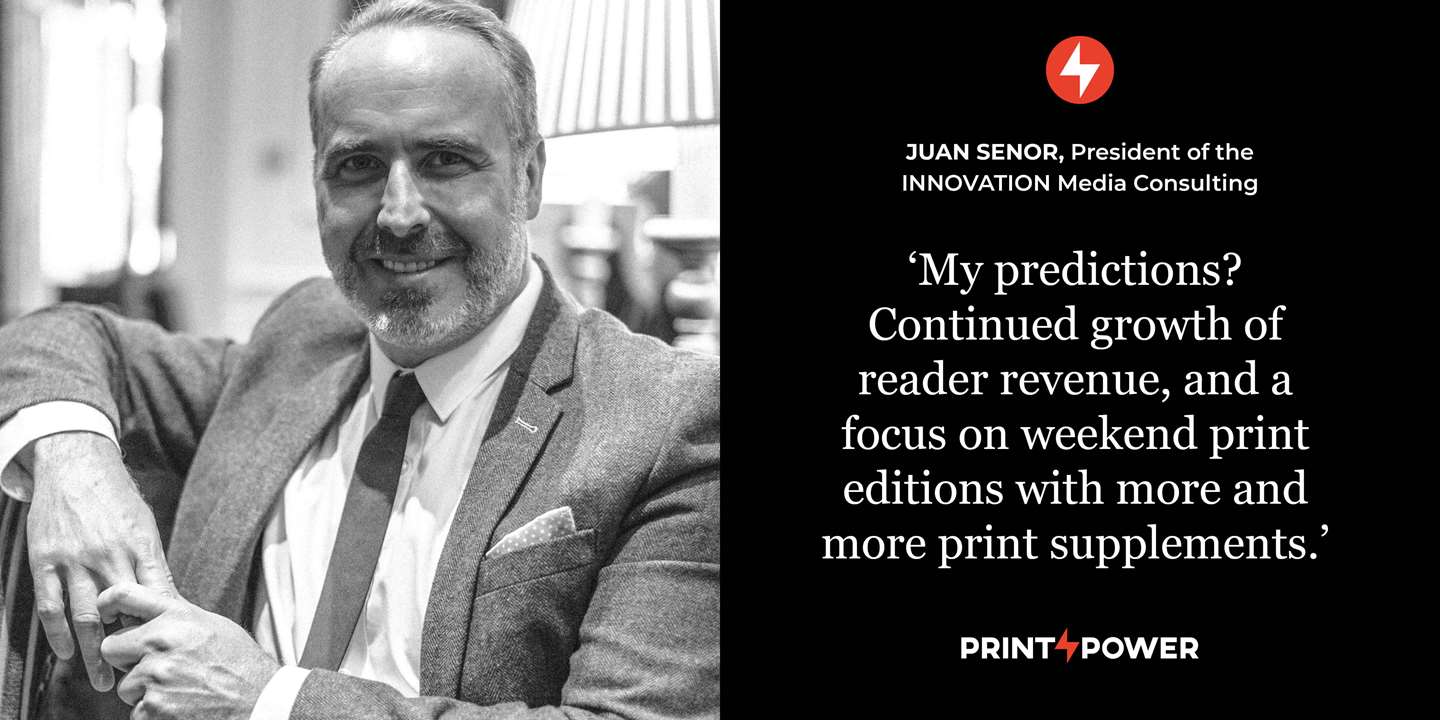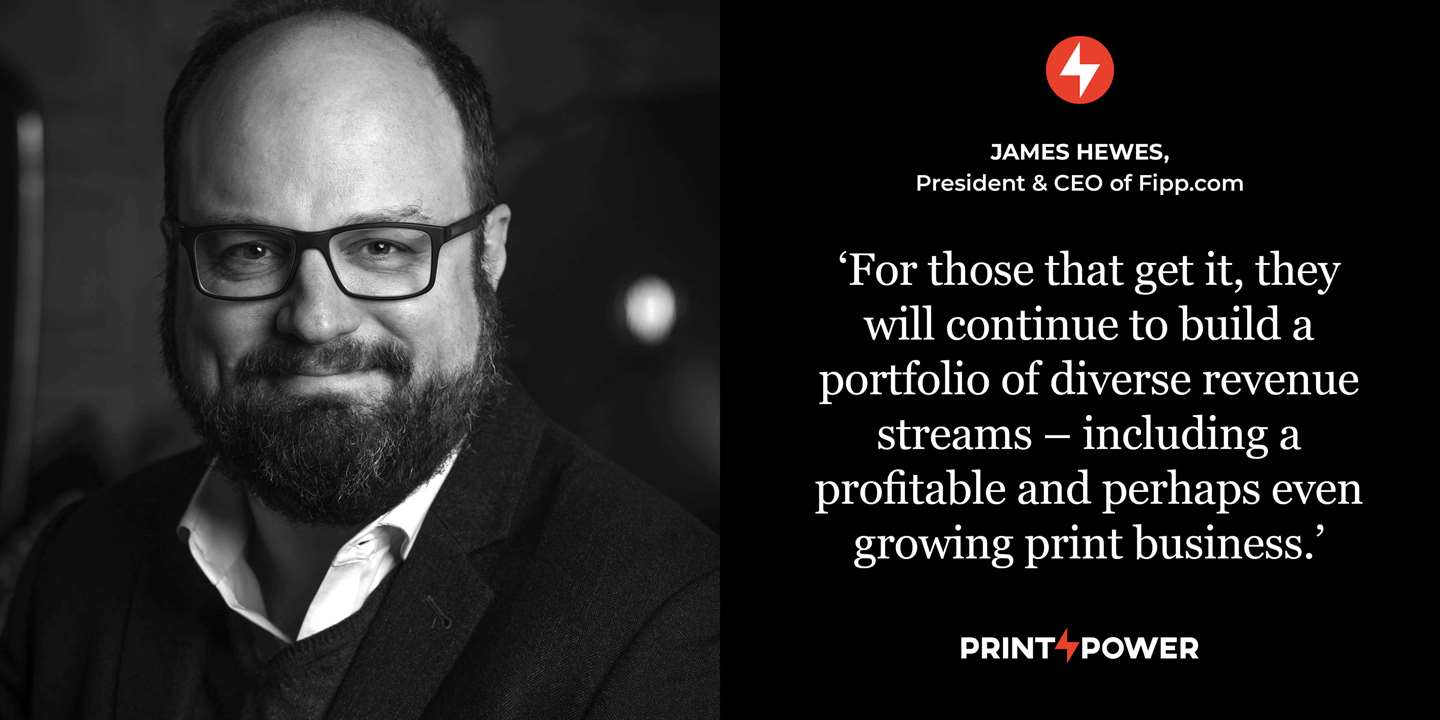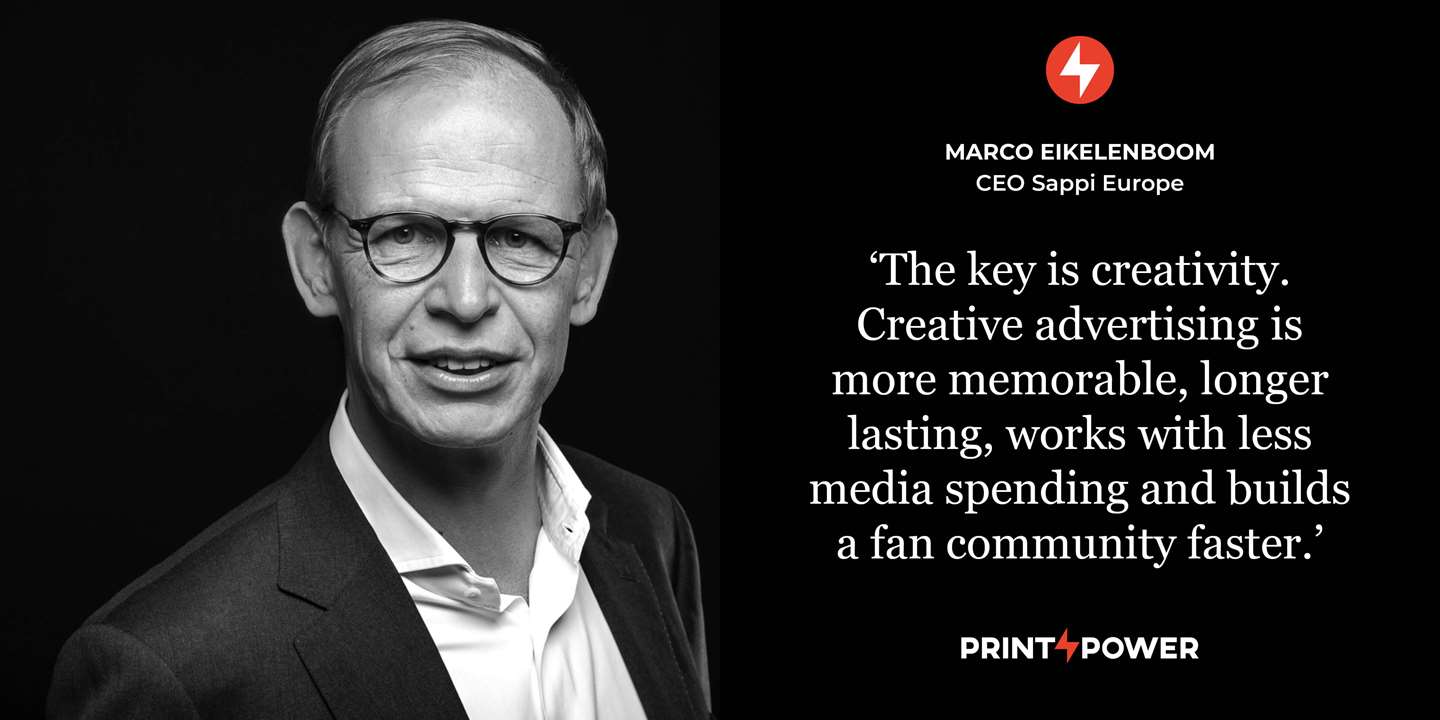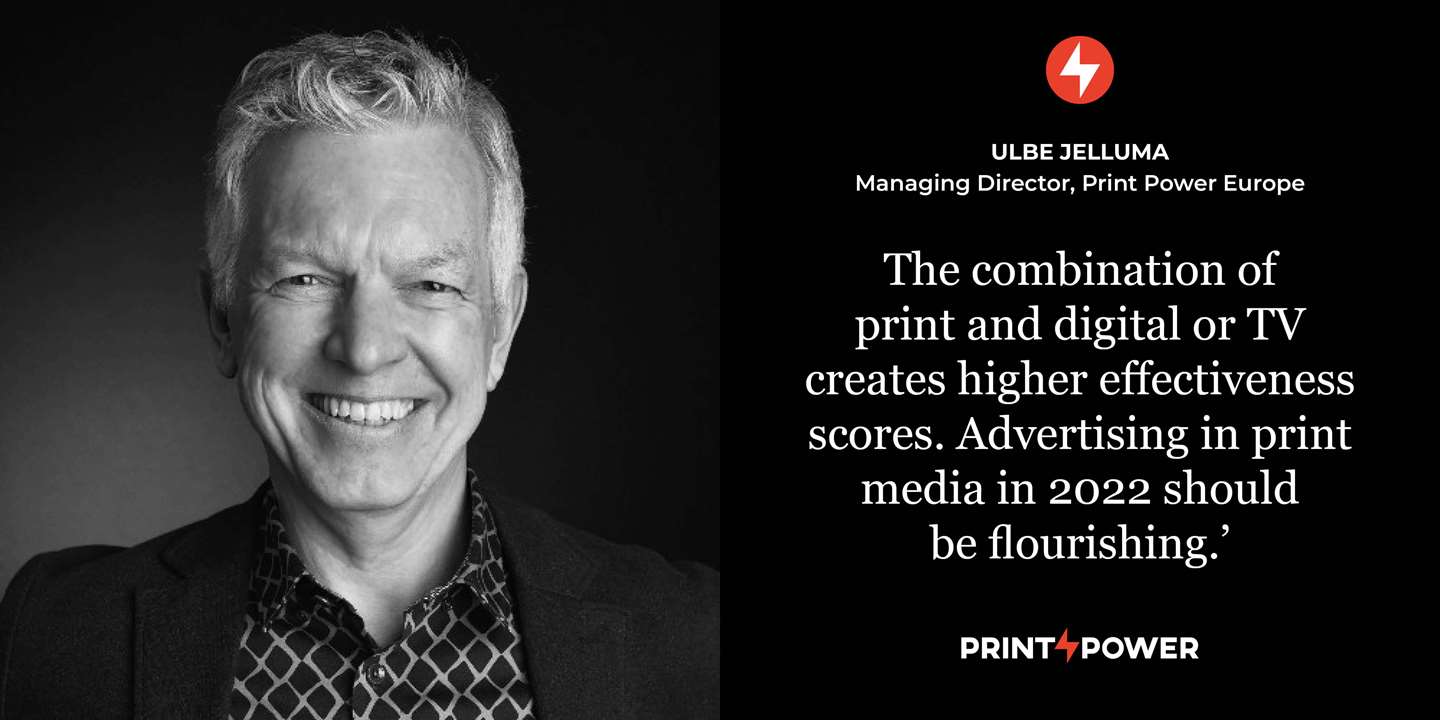In a triumph of affirmation last year, a number of research studies brought some positive news for print advertisements. They reinforced what we’ve known for a while – that print can provide a huge boost to digital channels when used in an omnichannel mix, and that it scores impressively highly for audience attention and brand recall versus social media.
But how have the last few years changed print’s course, both from the industry and the consumer side? Have these unprecedented times and its resulting trends impacted print perception and use? And as we tentatively come out of the worst of the pandemic, will print’s course run smoothly going forward?
Print & the power of the pandemic
COVID-19 and its endless lockdowns have impacted every business, and none more so than the paper and pulp industry. Paper production has slowed due to capacity closure as a consequence of the pandemic, meaning stocks have run low and prices have soared due to input costs and increased energy surcharges. This has created an order frenzy in the business, with clients trying to buy before a new price increase is announced.
But the good news? The pandemic has defined a new normal. And in some ways, it’s great news for print. As consumers spent more time at home, we relied on digital outlets for our information about the world. But that same reliance and exposure accelerated our mistrust of social media and its propensity for fake news and misinformation.
Bad news for advertising on social media sites, but great news for the more trusted print marketing and direct mail. It’s testament to the public’s trust in print that back in 2020, the UK government chose to run a multimillion-pound print advertising Coronavirus campaign in regional and national newspapers, encouraging the nation to stay at home.
Print’s potency has been further cemented by the success of direct mail. Recent research by the Joint Industry Committee for Mail (JICMAIL) found that door drops are value for money, as one piece of direct mail typically gets seen around three times by different members of a household. Interaction with mail has also increased during lockdown, with door drops far more likely to be read and kept in the home. And because of this household interaction, door drops deliver a greater volume than advertisers pay for (but more on this later).






